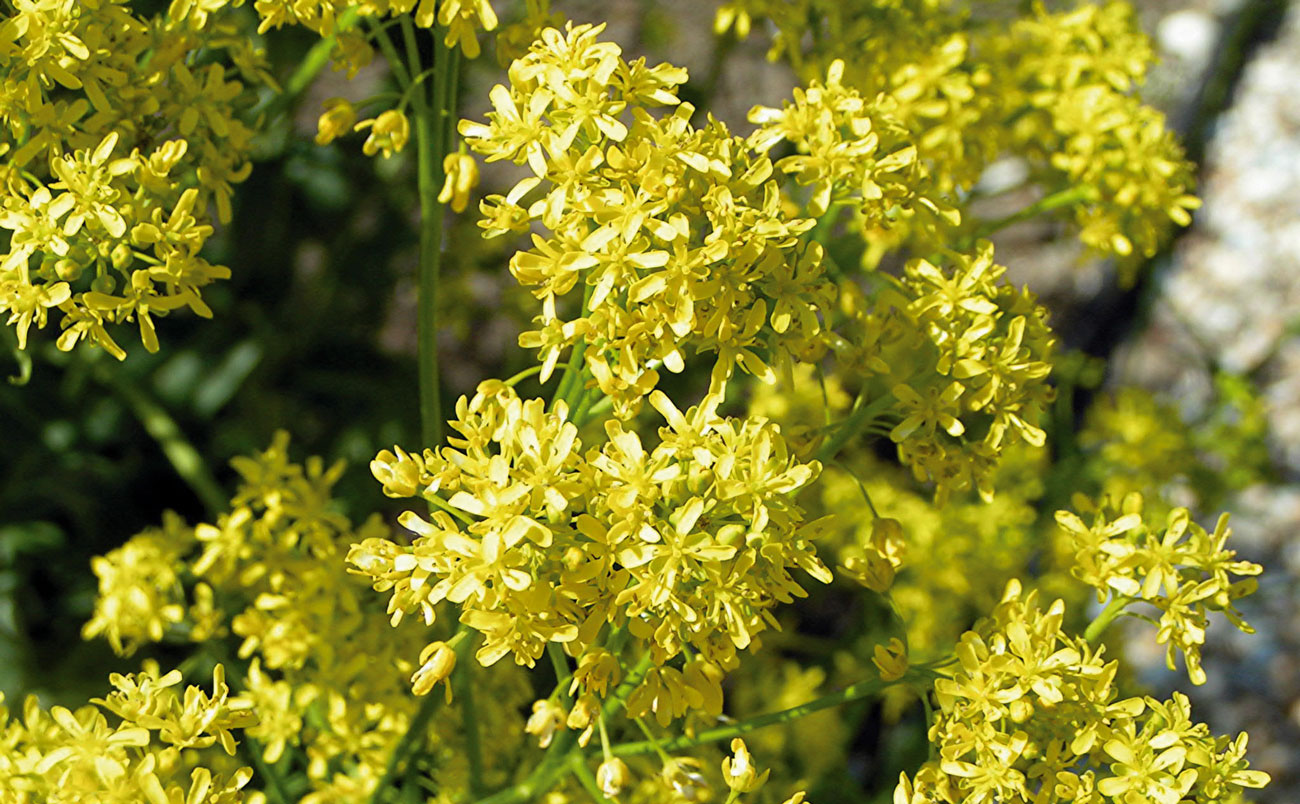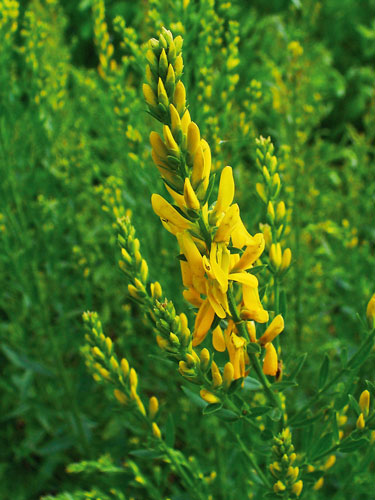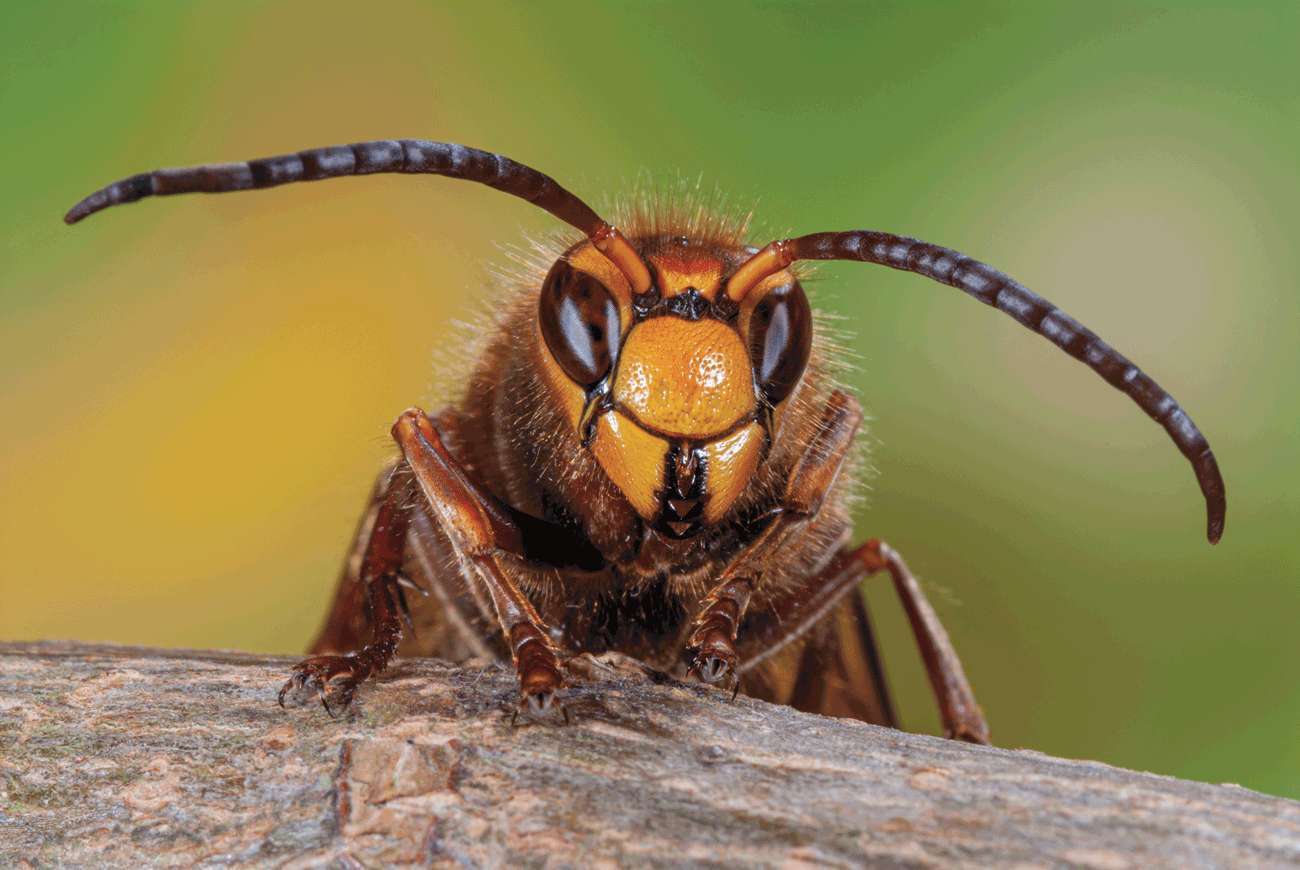
Isatis tinctoria
The writers of Genesis (2.20) understood the importance of names, and they have the newly-created Adam naming everything round him.
Simon Barnes (naturalist and writer) argues that knowing the names of birds encourages us to observe more carefully. The closer we watch, the more we understand; not only what we are looking at but our connection with nature as a whole. And this equally applies to naming plants.
Biology, as a science, did not exist until an international system of classification was widely agreed upon, mostly thanks to Karl Linnaeus (1707-1778) – and Latin was used as a scientific lingua franca.
Genista tinctoria
The initial impetus to find a universal classification was the need to learn which plants could be safely eaten or more importantly, used as medicine. Herbals had become more and more unreliable as scribes made mistakes with every successive copy of a copy and the woodcut illustration were pretty useless. Many of the plants had not been directly observed from nature and strange imaginative creations appeared – such as the Barnacle Goose Tree in Gerard’s Herbal. A Wild Wonder indeed, which produced live geese.
I was thinking about all this because a leaflet came through my letterbox recently; it was an environmental statement from a business firm who want to expand their local Brick Works. They promise to protect ‘the habitat of Dyers Greenweed, a locally scarce plant’.
I had not heard of Dyers Greenweed and did some research. It turns out to be a member of the broom family – genista tinctoria – and was used to produce a yellow dye. It goes by several common names, including woad weed, which is confusing because woad produces a blue dye and is, in fact, isartis tinctoria. Proves my point; you need to know your weed from your woad, you don’t want a blue garment when you planned on a yellow one!
Gerard’s Barnacle Goose Tree
Good, I suppose, to conserve the broom, although it is not particularly scarce. Not good to also apply to remove a large section of ancient woodland.
Nature writing can be ponderous, poetic or, increasingly doom-laden. I have a very large collection of books on nature – the late Roger Deakin is perhaps my favourite writer – but for an entertaining read try The Wisdom of Nature by Dixe Wills. He has a light, witty touch but also delivers a great deal of useful and interesting information, and his book is amusingly illustrated.
We tend to think of Nature as ‘out there’ somewhere, but Wills shows that many creatures are very happy to foster an ‘ever closer union’ and invade our houses. Think flies, spiders, fleas, house mice and least loved of all; the clothes moths. There are a variety of species including The Common Clothes Moth (tinoella bisselliella) and the little fawn-coloured carpet eating pest (tinea pellionella). The female moth dies immediately after laying something up to 400 eggs. These eggs hatch fairly soon afterwards and can spend up to 4 years at the larval stage, happily chomping away at your cashmere, silk, wool and even your leather shoes. They love natural fibres and have no enthusiasm for synthetic stuff.
Happy New Year – and happy walking and naming! Visit our conservation site in Cranleigh – or better, volunteer. Contact Philip Townsend at: for details.













